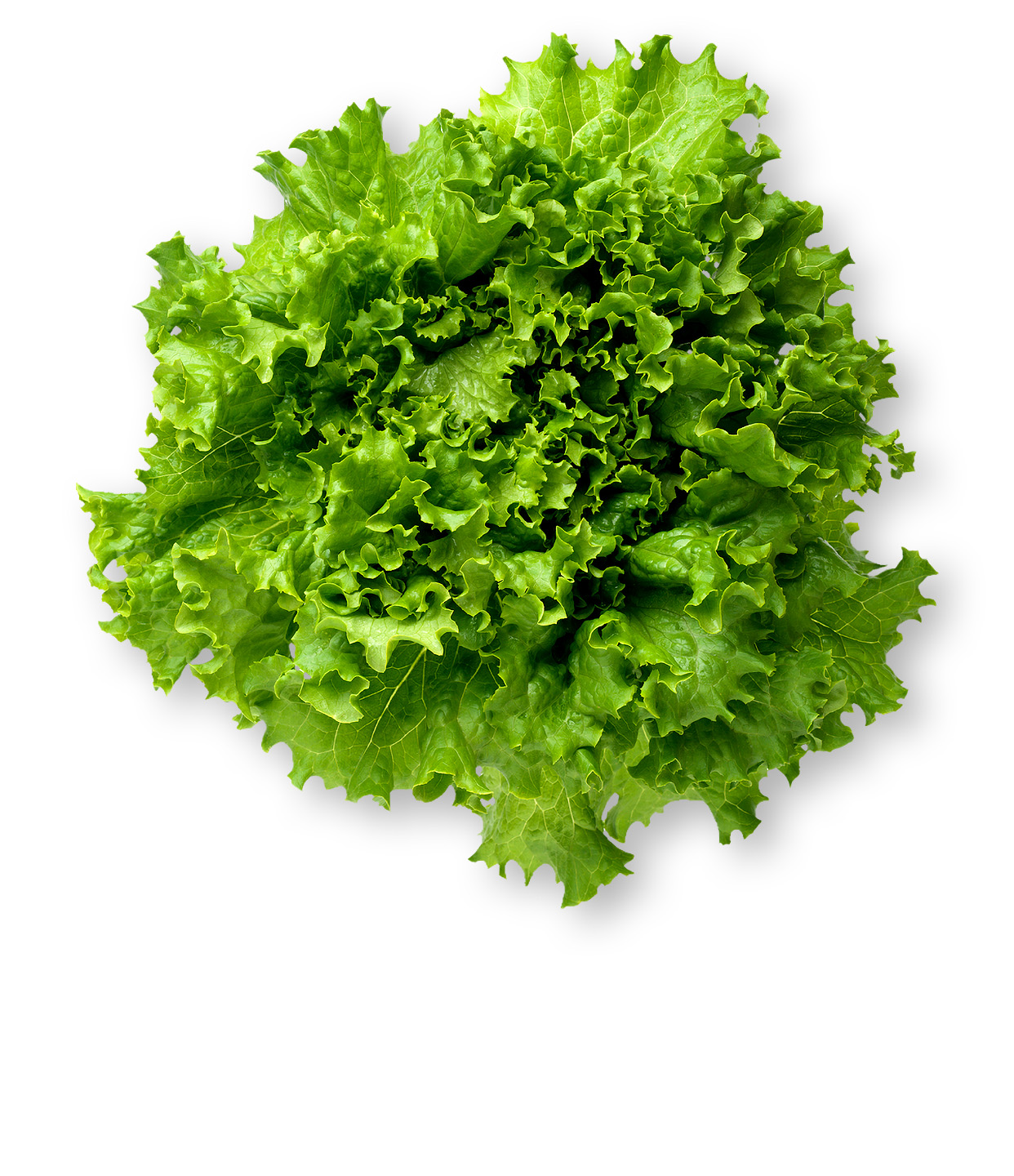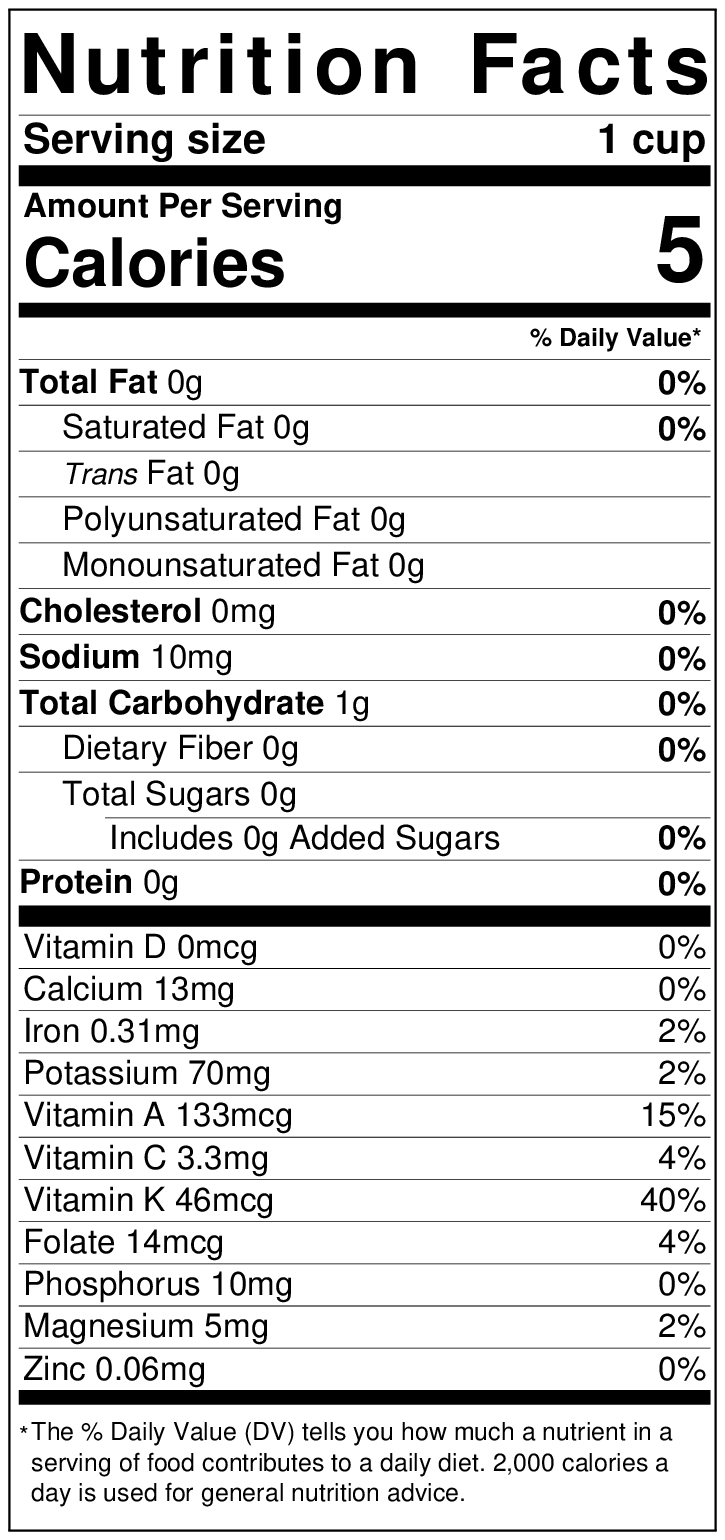Green leaf lettuce may look like romaine, but it’s actually not the same. It does, however, make a great substitute for romaine, and like romaine and iceberg, green leafy lettuce is a member of the asteraceae family. Green leaf lettuce is soft and tender with a very mild flavor. It’s best eaten fresh in salads or sandwiches.

Green Leaf Lettuce
Green Leaf Lettuce Nutrition Facts
- Green leaf lettuce provides an:
- Excellent source of vitamin K
- Good source of vitamin A
- Lutein and zeaxanthin


Growing Information
Leafy lettuces, which include green leaf, are just behind romaine and iceberg lettuce in terms of the volume produced in California. Leaf lettuces are grown on just under 60,000 acres in California with nearly 500,000 tons produced each year. Green leafy lettuce takes from 65 to 80 days to grow from seed to maturity when planted in mid-summer, but can take as long as 130 days when planted in the fall or winter. It is primarily harvested by hand and placed into cartons in the field for bulk sale. It can also be harvested into bins or totes and sent to processing facilities for packaging as part of a salad mix.
Usage Ideas
Green leaf is the perfect sandwich topper
 Next-level BLT
Next-level BLT
Stay in the Know About Lettuce
Sign up for Health & Safety Alerts
Get the facts about lettuce and why it’s one of the safest and healthiest foods we can eat.

